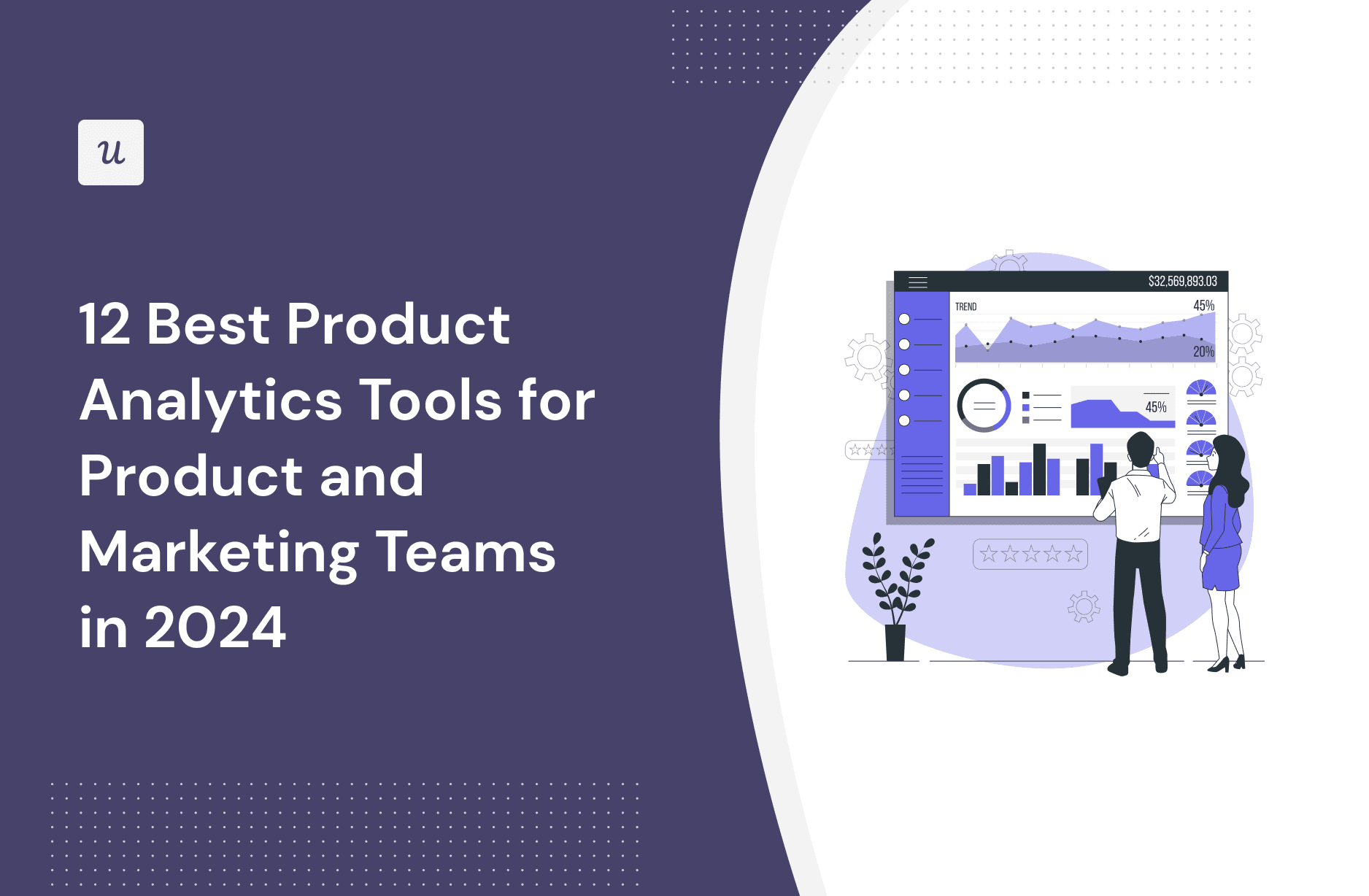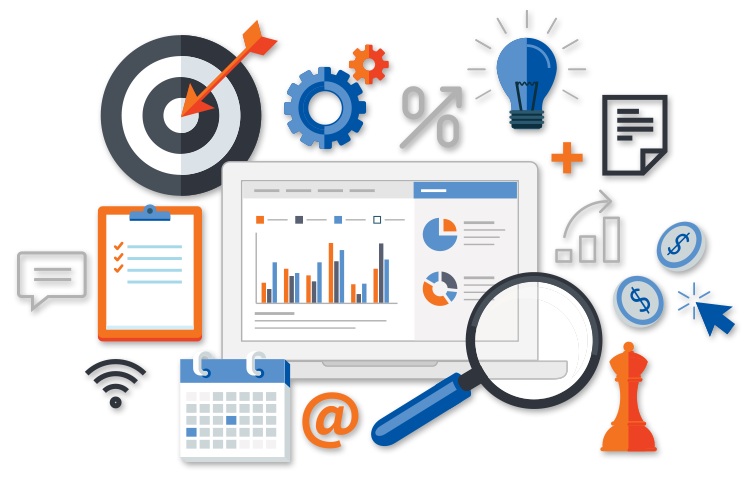Discover Hidden Opportunities with Modern Analytics Techniques
Discover Hidden Opportunities with Modern Analytics Techniques
Blog Article
Boost Efficiency and Profitability With Data Analytics
In today's data-driven landscape, organizations are significantly identifying the critical role of data analytics in improving functional effectiveness and earnings. By systematically examining data, organizations can reveal critical understandings that notify tactical choices, simplify procedures, and tailor consumer experiences (Analytics). Nonetheless, the difficulty lies not just in the application of these analytical devices however likewise in comprehending just how to equate data into actionable outcomes. As we explore the subtleties of efficient data-driven approaches, the effects for both short-term gains and long-term success ended up being significantly clear. What might these insights disclose for your organization?
Understanding Information Analytics
In today's data-driven landscape, comprehending data analytics is important for companies aiming to improve functional performance and drive profitability. Data analytics entails the methodical computational analysis of data collections to reveal patterns, relationships, and understandings that notify decision-making. By employing various techniques, such as statistical evaluation, artificial intelligence, and predictive modeling, organizations can transform raw information right into workable knowledge.
The procedure generally begins with information collection, where pertinent details is gathered from multiple sources, including transactional databases, consumer interactions, and market trends. This data is then cleaned up and arranged to make sure accuracy and consistency. As soon as the information is prepared, analytical tools and software application are used to check out and visualize the info, enabling stakeholders to identify abnormalities and fads.
Eventually, comprehending data analytics equips organizations to make informed choices based upon empirical evidence as opposed to instinct. It facilitates targeted strategies that can maximize source allowance, enhance customer complete satisfaction, and enhance total efficiency. As companies increasingly recognize the worth of data-driven insights, a strong understanding of data analytics comes to be a crucial competency for leaders and groups alike, positioning them for sustained success in a competitive setting.

Trick Benefits for Businesses
Services that leverage information analytics can unlock a wide variety of advantages that dramatically improve their procedures and success. Among the primary advantages is improved decision-making. Information analytics provides workable understandings originated from real-time data, permitting companies to make educated choices that straighten with market needs and consumer preferences.

Furthermore, information analytics promotes improved client experiences. By comprehending consumer actions and choices, organizations can customize their offerings, bring about raised satisfaction and loyalty. This personalized approach frequently results in higher conversion prices and repeat organization.
In addition, information analytics allows services to recognize emerging opportunities and patterns. By remaining in advance of the curve, companies can take advantage of on new markets and developments before their rivals.
Carrying Out Data-Driven Methods
Successful implementation content of data-driven approaches needs a detailed understanding of both organizational objectives and offered data resources. Organizations must initially define their purposes clearly, ensuring placement between data efforts and tactical purposes. This clearness enables groups to focus on pertinent metrics and insights that drive decision-making.
Following, services should examine their existing data framework. This involves examining data high quality, accessibility, and assimilation capabilities. High-grade information is crucial for exact evaluation, as inadequate data can bring about misdirected approaches and squandered sources. Organizations must establish procedures for data collection, cleaning, and monitoring to keep data stability.
Moreover, fostering a data-driven culture is important. Staff members whatsoever degrees need to be urged to leverage data in their everyday operations. Training workshops and programs can boost information proficiency, encouraging staff to make informed decisions based upon analytical understandings.
Tools and Technologies Introduction
A robust collection of tools and technologies is necessary Resources for companies intending to harness the complete possibility of information analytics. These tools assist in the collection, navigate to this website processing, and visualization of data, allowing companies to obtain actionable insights.
At the foundational degree, information administration platforms such as SQL databases and NoSQL systems provide efficient data storage space and access abilities. For data processing and evaluation, shows languages like Python and R, in addition to structures such as Apache Glow, allow complicated calculations and device knowing applications.
Visualization tools, consisting of Tableau and Power BI, change raw data right into instinctive graphical formats, making understandings obtainable to stakeholders in all levels. Additionally, cloud-based systems like Google Cloud and AWS use scalable storage and processing options, suiting the growing quantities of data organizations encounter.
For sophisticated analytics, anticipating modeling and AI-driven remedies are progressively embraced, permitting business to forecast patterns and enhance decision-making procedures. Integrating these devices into existing operations is paramount; companies that effectively utilize this innovation can substantially enhance functional performance and drive earnings. Thus, spending in the right devices and innovations is a strategic essential for any type of data-driven company.
Study of Success
Leveraging data analytics has actually led numerous organizations to accomplish impressive improvements in effectiveness and earnings. One remarkable case is a big retail chain that carried out anticipating analytics to maximize supply management. By examining historic sales information and consumer fads, the firm reduced excess stock by 30%, resulting in significant cost financial savings and boosted capital.
Another example can be found in the manufacturing sector, where a leading automotive producer utilized data analytics to enhance its manufacturing procedures. By monitoring machine efficiency in real-time, the company determined bottlenecks and ineffectiveness, resulting in a 20% rise in total tools efficiency (OEE) This not only increased production prices yet additionally decreased downtime and maintenance costs.

These situation researches illustrate just how data analytics can drive calculated decision-making, optimize processes, and inevitably improve both performance and earnings throughout different industries.
Verdict
In final thought, the combination of data analytics into business operations offers considerable chances for enhancing efficiency and profitability. By systematically evaluating data, organizations can identify inefficiencies, optimize consumer experiences, and make educated choices.
In today's data-driven landscape, recognizing information analytics is crucial for companies intending to improve operational efficiency and drive profitability. Information analytics entails the organized computational evaluation of data sets to reveal patterns, relationships, and insights that inform decision-making. Data analytics provides workable insights derived from real-time information, enabling companies to make informed selections that align with market demands and consumer choices.
High-grade information is vital for accurate evaluation, as bad data can lead to illinformed methods and squandered sources. Organizations needs to establish procedures for data collection, cleansing, and administration to maintain information integrity.
Report this page